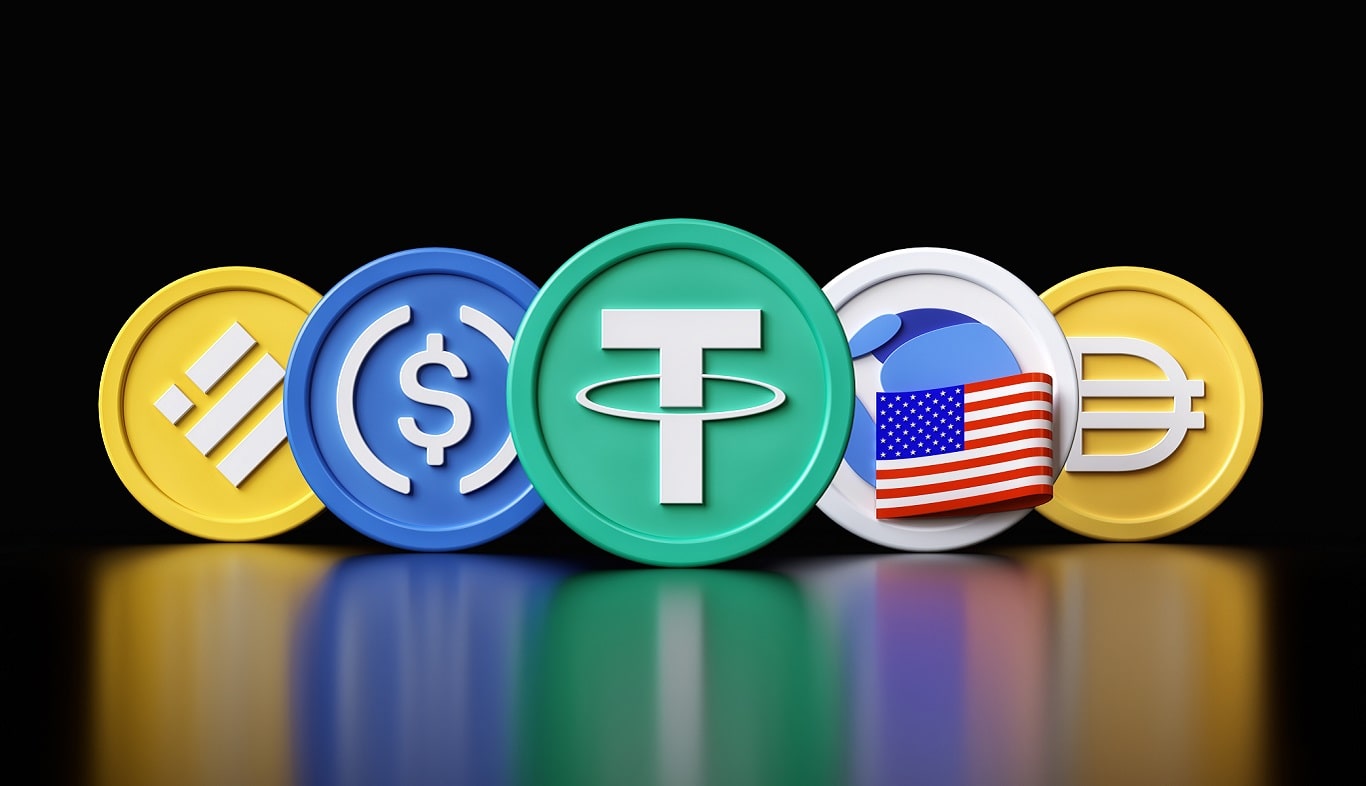
A New Era for Stablecoins Begins in 2025

The year 2024 has been a landmark moment for the cryptocurrency sector. Bitcoin, for instance, has soared above $80,000 and reached above $100,000. The recent victory of Donald Trump in the Presidential Elections has enthused many crypto enthusiasts because he has promised to make Bitcoin the USA’s strategic reserve. The upsurge in Bitcoin is having a ripple effect on stablecoins too. Stablecoins unlike mainstream cryptocurrencies are backed with a digital asset whose asset is pegged with a fiat currency, a commodity, or a financial instrument. Let us explore how the wave of optimism in the crypto sector will impact stablecoins in 2025 and why some say that the next year will be a golden phase.
Performance By Stablecoins in 2024
Overall, the performance of stablecoins has been very positive. Since Bitcoin has grown over $100,000, there are speculations that many global financial institutions will develop regulatory frameworks. The total adoption and issuance of these cryptos will grow considerably and new records will be set. In 2025, the use of stablecoin will become widespread, and in Singapore alone, the payments crossed the $1 billion mark.
The Anticipated Rise of Stablecoins in 2025
In 2025, the stablecoins will witness more adoptions and will be issued by financial institutions. The roaring success of Tether has proved the profitability of a well-tried model. In the first quarter of 2024, Tether made record profits of $5.2 billion. The strategy to popularize Stablecoins covers 3 stages. The stages are as follows:
- Stage 1: A company launches a stablecoin
- Stage 2: Negotiations take place to ensure that cryptocurrency exchanges promote it.
- Stage 3: The coins earn consistently by investing in fiat reserves.
The Positive Role of Banks
The positive role of banks is another reason why stablecoins may enter a golden phase next year. The European Union’s Markets in Crypto Assets (MiCA) is one such regulation that can boost the growth of these coins not just among crypto enthusiasts but also among those who now deal with only fiat currencies. The stablecoin issuers will have a clear framework for financial institutions to enter the cryptocurrency market.
The clarity surrounding regulations will dispel most doubts in the minds of skeptical investors. It will pave the way for stronger integration of decentralized cryptocurrencies like stablecoins with mainstream financial institutions like banks. The repercussions, therefore, can be a “game changer” for the whole industry. Custody solutions can also be highly beneficial for crypto clients. It can instill confidence among institutional investors and cautious retail users.

Expansion And Possible Tie-Up With Fiat Currencies
In 2025, there is a likelihood that stablecoins will lead to unprecedented collaboration. In 2024, analysts witnessed the early signs of such collaborations. For example, the Central Bank of the UAE permitted the launch of AE coin, a stablecoin. It also became the first stablecoin, that will have partial regulations by a central bank. Therefore, there is speculation that most local-origin stablecoins will be fully or partially integrated with the local banking systems.
Pairing With Altcoins and Improved Liquidity
The other major speculation is that stablecoins will improve liquidity and drive altcoin trading. The increase in altcoin trading volume will become more noticeable, and deeper and will have a paradigm shift in the crypto sector. USDT, DAI, and USDC are important for liquidity pools. Although Bitcoins are surging, on the count of stability, stablecoins are superior and far more stable. This may therefore drive the foundation of more stability among altcoins.
The improvements in liquidity can have a wide-ranging effect on the financial system. It will provide all altcoins with a solid foundation to grow. It will invariably help in improving the market depth and minimize volatility. There is also a high possibility that many altcoins will experience significant surges in both trading volumes and prices. It will then have a positive impact on all crypto platforms, including Valco which is a crypto trading platform in India. In India, the impact of such a collaboration may be substantially large because it is a huge economy and is more populous.
Also Read: Know the Crypto Income Tax Rules of India Before Trading
Final Thoughts
The future of stablecoins is poised to enter a golden phase, as current trends indicate a surge in adoption and innovation. This development is expected to have a significant impact on all major economies, influencing financial systems, regulatory frameworks, and cross-border transactions. It is worth noting that the golden phase of stablecoins will also accompany many landmark changes. The changes include more clear-cut regulations, large-scale mass adoptions of stablecoins, and altcoins, more number of new entrants, and broader adoption of transition stablecoins. It will also improve stablecoins by making it more economical, faster, and more inclusive. There are speculations that USDC and USDT may combine and boost market growth. It will invariably lead to more capitalization. The flip side of these changes is that the US dollar’s dominance may fade further due to more diversification.





Leave A Comment